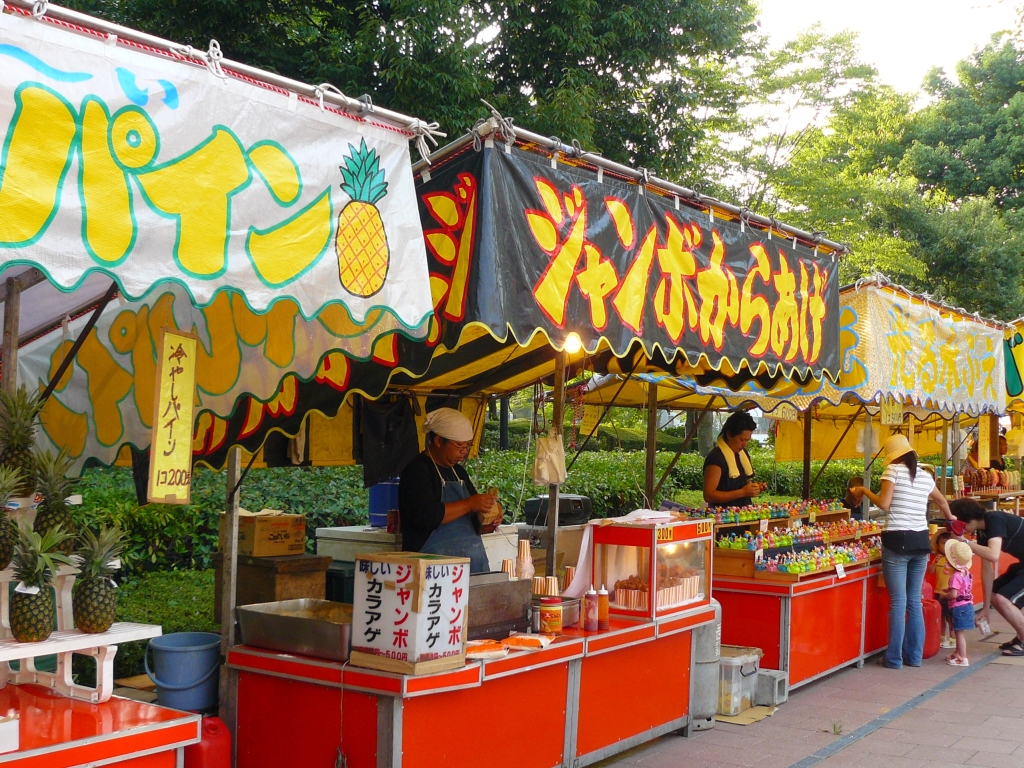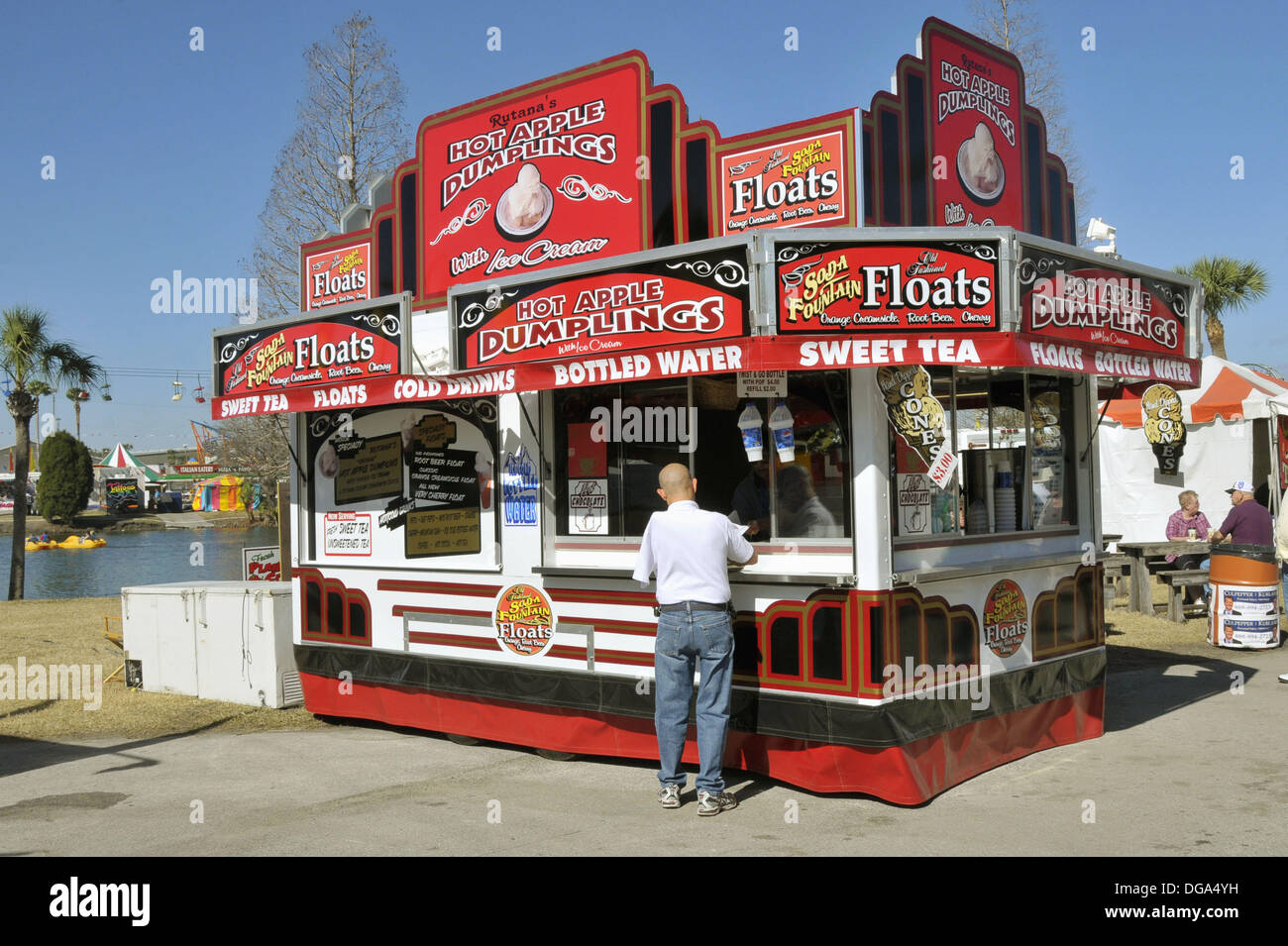Food booths have become an integral part of the culinary landscape, offering a diverse array of flavors and experiences. From street food markets to festivals and sporting events, these portable eateries have captivated the hearts and taste buds of food enthusiasts worldwide.
This comprehensive guide delves into the fascinating world of food booths, exploring their concept, design, menu creation, operational aspects, marketing strategies, and emerging trends. Whether you’re an aspiring food booth owner or simply a curious foodie, this guide will provide you with valuable insights and inspiration.
Food Booth Concept

A food booth is a temporary structure set up to sell food and beverages, typically at events, festivals, or markets. It provides a convenient and portable way for businesses to reach a large number of customers and showcase their culinary offerings.
Food booths come in various types, including:
- Concession stands:These are typically found at sporting events, movie theaters, and other venues that attract large crowds.
- Food trucks:These mobile kitchens offer a wide variety of cuisines and are often found at food festivals and street fairs.
- Pop-up restaurants:These temporary eateries often feature innovative or experimental menus and can be found in various locations, such as parks, warehouses, or vacant storefronts.
Food booths offer several advantages to businesses, including:
- Flexibility:Food booths can be easily set up and taken down, allowing businesses to participate in events and festivals without committing to a permanent location.
- Low overhead costs:Compared to traditional brick-and-mortar restaurants, food booths have lower overhead costs, such as rent and utilities.
- Increased visibility:Food booths provide businesses with an opportunity to showcase their products to a large and diverse audience.
However, operating a food booth also comes with certain disadvantages:
- Limited space:Food booths are often small and cramped, which can limit the number of menu items that can be offered.
- Weather dependency:Outdoor food booths are subject to weather conditions, which can impact sales.
- Competition:Food booths often operate in close proximity to other food vendors, creating competition for customers.
Food Booth Design and Setup
Designing and setting up an eye-catching and functional food booth is crucial for attracting customers and creating a memorable experience. Here are the essential elements to consider:
Layout and Equipment
- Booth Layout:Plan the booth’s layout efficiently, ensuring clear pathways for customers to navigate and staff to move around comfortably.
- Essential Equipment:Equip the booth with the necessary appliances and utensils, including grills, fryers, refrigerators, and serving trays.
- Storage Space:Provide ample storage space for ingredients, equipment, and waste disposal to maintain a clean and organized work area.
Branding and Atmosphere
- Signage and Graphics:Use clear and eye-catching signage to promote your menu and brand identity. Consider using graphics that reflect your cuisine or theme.
- Lighting:Adequate lighting is essential for both visibility and ambiance. Choose lighting that enhances the food’s appearance and creates an inviting atmosphere.
- Decorations:Use decorations to create a cohesive and appealing booth design. Consider elements such as tablecloths, banners, and plants.
Hygiene and Safety
Maintaining high standards of hygiene and safety is paramount in food booth operations. Ensure compliance with local regulations and follow these guidelines:
- Cleanliness:Keep the booth, equipment, and utensils spotlessly clean at all times.
- Food Handling:Train staff on proper food handling techniques to prevent contamination and foodborne illnesses.
- Inspections:Regularly self-inspect the booth to identify and address any potential hygiene or safety issues.
Food Booth Menu and Pricing
Crafting a compelling food booth menu is crucial for the success of your culinary venture. Here are some key factors to consider when developing your menu and pricing strategy:
Menu Optimization
- Target Audience:Consider the tastes and preferences of your target audience. Research their demographics, dietary restrictions, and culinary interests.
- Variety and Balance:Offer a diverse range of dishes that cater to various tastes and appetites. Balance your menu with a mix of appetizers, main courses, and desserts.
- Simplicity and Clarity:Keep your menu concise and easy to read. Use clear and descriptive language that highlights the ingredients and flavors of each dish.
Pricing Strategies
- Cost Analysis:Determine the costs associated with ingredients, preparation, and packaging. Ensure your prices cover these costs and generate a reasonable profit margin.
- Competitive Pricing:Research the pricing of similar food items at competing food booths or restaurants. Set your prices competitively while maintaining profitability.
- Value Proposition:Highlight the unique features and benefits of your dishes to justify their price. Emphasize the quality of ingredients, freshness, and taste.
Food Quality and Presentation
The quality and presentation of your food play a significant role in attracting customers and building a loyal following. Consider the following:
- Fresh Ingredients:Use high-quality, fresh ingredients to ensure the taste and quality of your dishes.
- Exceptional Preparation:Prepare your food with care and attention to detail. Proper cooking techniques and seasoning enhance the flavors and create a memorable experience.
- Appealing Presentation:Present your dishes in a visually appealing manner. Use colorful garnishes, creative plating, and clean servingware to make your food stand out.
Food Booth Operations and Management

The successful operation of a food booth involves various aspects that require meticulous planning and execution. From staffing and inventory management to customer service, these elements contribute significantly to the overall efficiency and customer satisfaction of the booth.
Staffing
- Recruit and train a team of friendly and efficient staff members who are knowledgeable about the menu and can handle customer inquiries.
- Establish clear roles and responsibilities for each staff member to avoid confusion and ensure smooth operations.
- Provide adequate training to ensure that staff members can handle orders accurately and efficiently, minimizing wait times and customer frustration.
Inventory Management, Food booth
Efficient inventory management is crucial to prevent stockouts and ensure a consistent supply of ingredients and products.
- Create an inventory list of all necessary ingredients, supplies, and equipment.
- Monitor inventory levels regularly and replenish stock as needed to avoid running out of essential items.
- Establish a system for tracking inventory and identifying items that are running low.
Customer Service
Excellent customer service is paramount for building customer loyalty and ensuring a positive experience.
- Greet customers promptly and courteously, and respond to their inquiries and requests efficiently.
- Resolve customer issues promptly and professionally, maintaining a positive and helpful attitude.
- Gather customer feedback and use it to improve the booth’s operations and menu offerings.
Food Booth Marketing and Promotion
Effective marketing strategies are crucial for attracting customers and boosting sales at your food booth. A comprehensive marketing plan should encompass a mix of traditional and digital channels to reach your target audience effectively.
Social Media Campaigns
Harness the power of social media to engage with potential customers, showcase your menu, and build brand awareness. Create a dedicated social media page for your food booth and post regularly about your offerings, promotions, and events. Encourage customer interaction by running contests, offering exclusive discounts, and responding to comments and messages.
Online Presence
Establish a strong online presence by creating a website or landing page that provides detailed information about your food booth, menu, and contact details. Optimize your website for search engines to increase visibility and drive traffic to your site. Consider listing your food booth on online directories and food delivery platforms to expand your reach.
Word-of-Mouth Marketing
Word-of-mouth marketing is a powerful tool for promoting your food booth. Encourage satisfied customers to leave positive reviews on social media and online platforms. Offer incentives for referrals and create loyalty programs to reward repeat customers. Host events or offer special promotions to generate buzz and create a memorable experience for your customers.
Food Booth Trends and Innovations

The food booth landscape is constantly evolving, with new trends emerging in design, menu offerings, and operational practices. These innovations are driven by the desire to enhance the customer experience, increase efficiency, and stay ahead of the competition.
Technology plays a significant role in shaping these trends, enabling food booths to streamline operations, engage with customers, and offer unique dining experiences.
Use of Technology
- Online ordering and payment systems:Allow customers to order and pay for food remotely, reducing wait times and queues.
- Self-service kiosks:Empower customers to customize their orders and pay independently, increasing efficiency and reducing labor costs.
- Digital menus and displays:Showcase menu items, nutritional information, and promotions in a visually appealing and interactive way.
Innovative Food Booth Concepts
- Virtual food booths:Leverage virtual reality and augmented reality to offer immersive dining experiences from remote locations.
- Pop-up food trucks:Provide flexibility and convenience by bringing food to different locations and events.
- Subscription-based food booths:Offer regular deliveries of curated meals or snacks to subscribers, ensuring a steady customer base.
Sustainable Practices
- Use of biodegradable packaging:Reduce environmental impact by using eco-friendly materials for packaging food and beverages.
- Local sourcing:Support local farmers and businesses by procuring ingredients from nearby sources.
- Waste reduction initiatives:Implement composting programs and reduce food waste through responsible preparation and storage practices.
Quick FAQs
What are the key elements to consider when designing a food booth?
Layout, equipment, branding, hygiene, and safety regulations are all crucial factors to consider when designing a food booth.
How can I optimize my food booth menu?
Consider your target audience, keep it concise, offer variety, ensure food quality and presentation, and adjust pricing based on demand and competition.
What are effective marketing strategies for promoting a food booth?
Utilize social media, create an online presence, leverage word-of-mouth marketing, build customer loyalty, and participate in food-related events.
